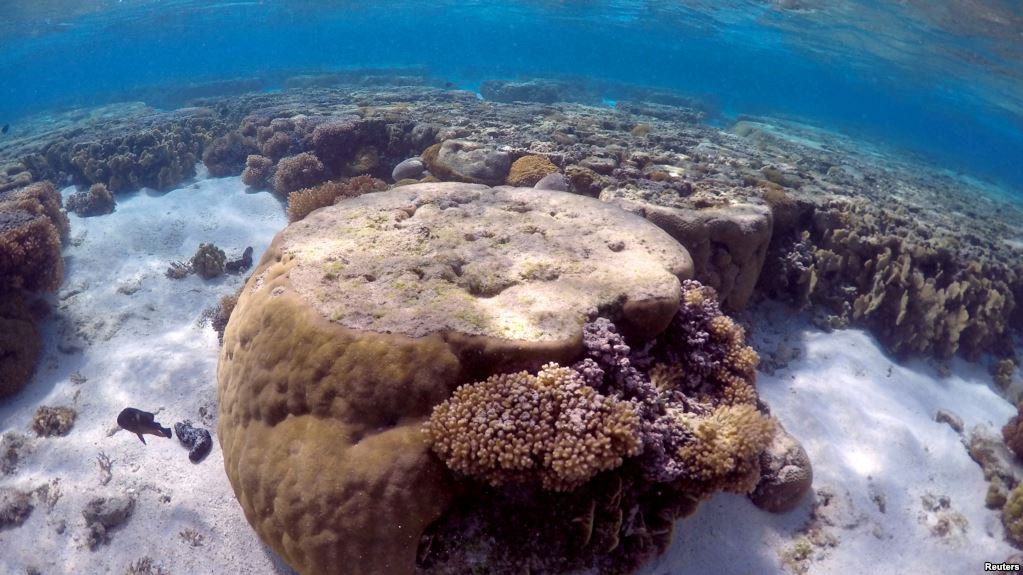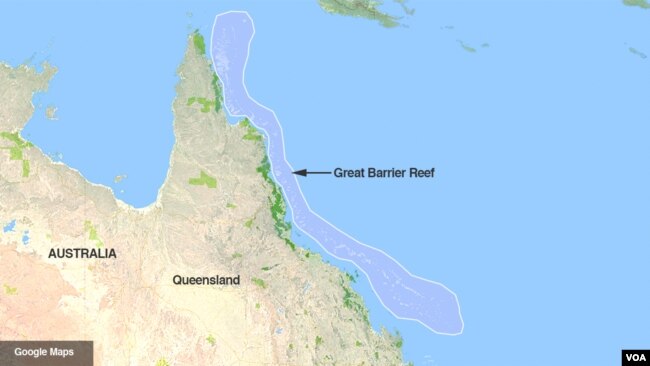
SYDNEY, AUSTRALIA — For the first time an underwater robot is to be used to plant baby coral to parts of Australia’s Great Barrier Reef damaged by mass bleaching, as scientists plan to collect hundreds of millions of coral spawn off the Queensland city of Cairns in the coming weeks.
Most coral reproduce through spawning, where eggs and sperm are pushed into the water at the same time. In northern Australia, researchers are preparing to harvest this mass release of coral spawn on the Great Barrier Reef. They will be reared into baby corals in floating enclosures. Then they will be delivered as so-called ‘larval clouds’ to Vlasoff Reef about an hour’s sailing from Cairns by a semi-autonomous robot.
Professor Peter Harrison, the director of the Marine Ecology Research Center at Southern Cross University, said science is giving a nature a helping hand.
“What we are trying to do now is compensate for the loss of corals that would normally provide enough larvae for the system to naturally heal,” Harrison said.
Large areas of Australia’s Great Barrier Reef have been damaged by severe bleaching – or loss of the algae that gives coral its color. The bleaching is caused by rising water temperatures and made worse by climate change.
The experiment on Vlasoff reef, which was badly affected by the mass bleaching, will be coordinated by divers, who will guide the spawn-spreading robot, known as the LarvalBot.
Professor Matthew Dunbabin from the Queensland University of Technology says time is of essence.
“In future projects we are hoping that we can start to do that more autonomously, but this is very new and we are up against the clock in terms of trying to get this in the field as quick as possible to make sure that we can have a reef to preserve,” Dunbabin said.
A coral reef is made up of millions of tiny animals called coral polyps. The reefs are critical ecosystems, and provide a home for at least a quarter of all marine species.
The Great Barrier Reef is about the same size as Italy or Japan. Thirty species of whales, dolphins, and porpoises have been recorded along the reef.
It faces a range of threats, from climate change and overfishing, to the run-off of pollution from farms, to coral-eating crown of thorns starfish.

